Google Pixel 6 Pro teardown reveals a surprisingly repairable phone
Google Pixel 6 Pro shows Apple how it's done
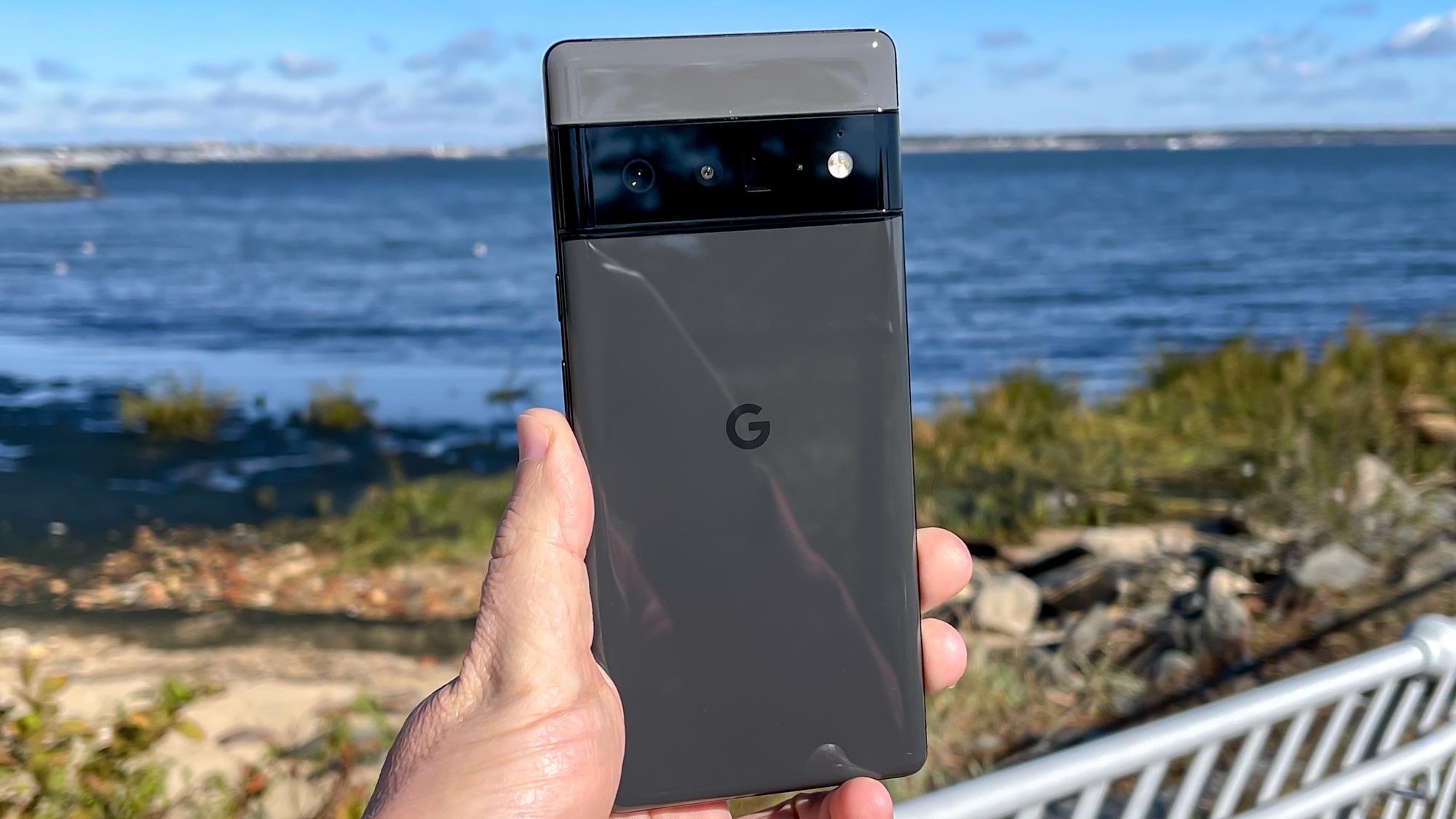
Ever wanted a peek beneath the Google Pixel 6 Pro's curved display? There's been a few teardowns of it already, but this one goes into detail about how easy it is to repair the Pixel 6 Pro if something unfortunate happens to it.
In Hugh Jeffreys' highly detailed teardown video for the Pixel 6 Pro, he reveals how Google's been a lot more generous than most smartphone manufacturers when it comes to making the phone repairable. Plus, you get a rare glimpse at the part of a cutting-edge smartphone you don't normally get to see.
- Google Pixel 6 Pro review: The best flagship phone value
- See where the Pixel 6 lands on our best Android phones list
- Plus: Samsung Galaxy S22 could get fastest RAM ever in a phone
Jeffreys' mission with the teardown was to check if Google had copied Apple's habit of serializing components — locking components to the phone they were originally installed on and making it that replacement parts won't work unless they're installed by an approved Apple partner. We saw this with the iPhone 13, specifically how Face ID is disabled when you swap out the phone's display, even with a panel from another brand new iPhone.
That's why you can see two Pixel 6 Pros in the video above. Jeffreys took both apart, and then swapped the phones' motherboards over to check if parts like the cameras would still function.
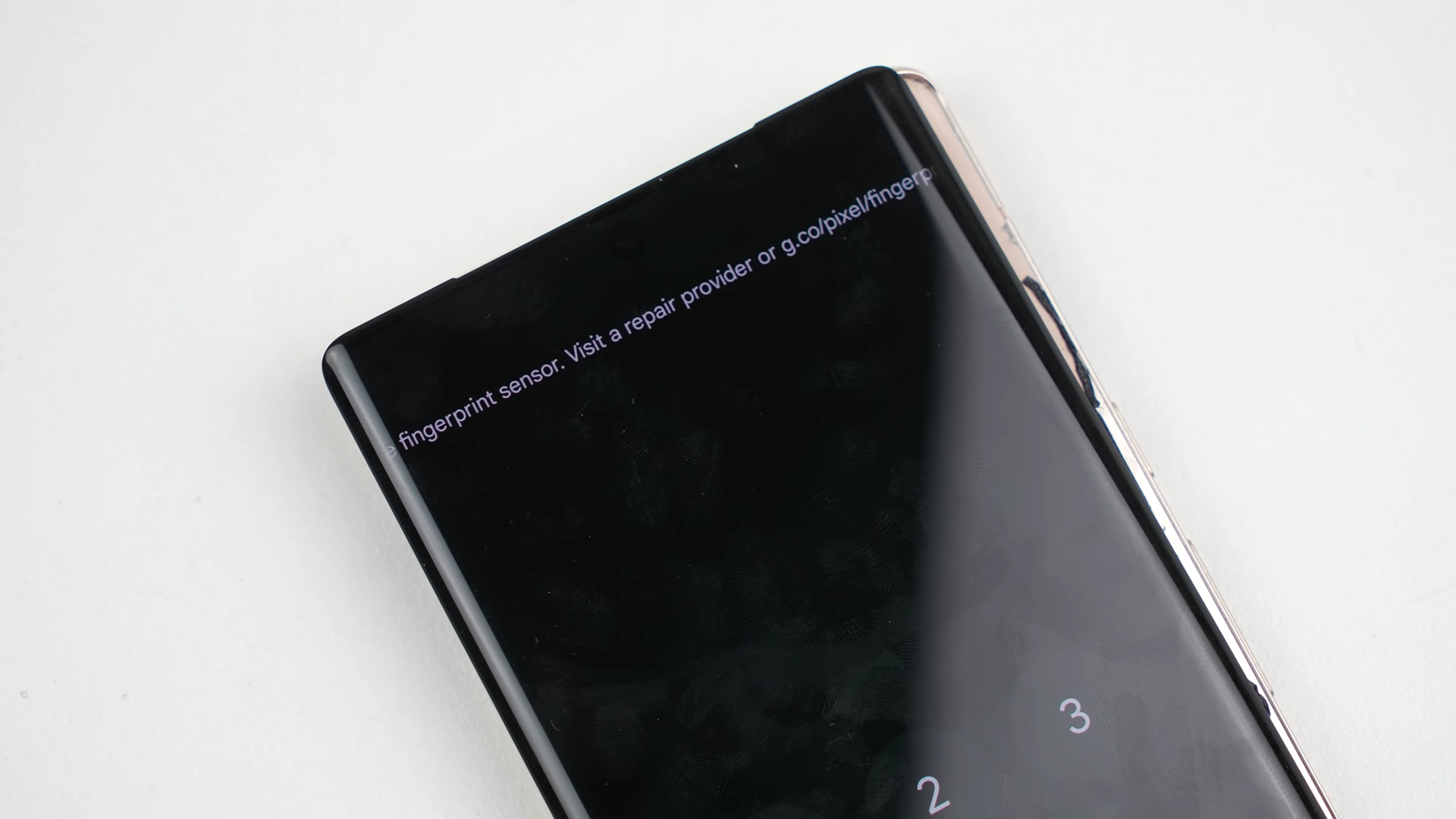
For the most part, they did. It seems that the Pixel 6 only locks one component via serialization — the fingerprint scanner, which arguably as the part of the phone most responsible for keeping the phone secure has a good reason to be locked down.
Google offers a tool to calibrate new fingerprint sensors to a Pixel 6. However, unlike other phone companies that only offer these to authorized partners, this software is freely available online and runs in a browser, making the Pixel 6 Pro surprisingly easy to get working as normal again even when repaired by an independent repair service or by yourself. The only potential snag is whether the tool works with third-party parts or only official Pixel 6 Pro screens, something Jeffreys was unable to test.
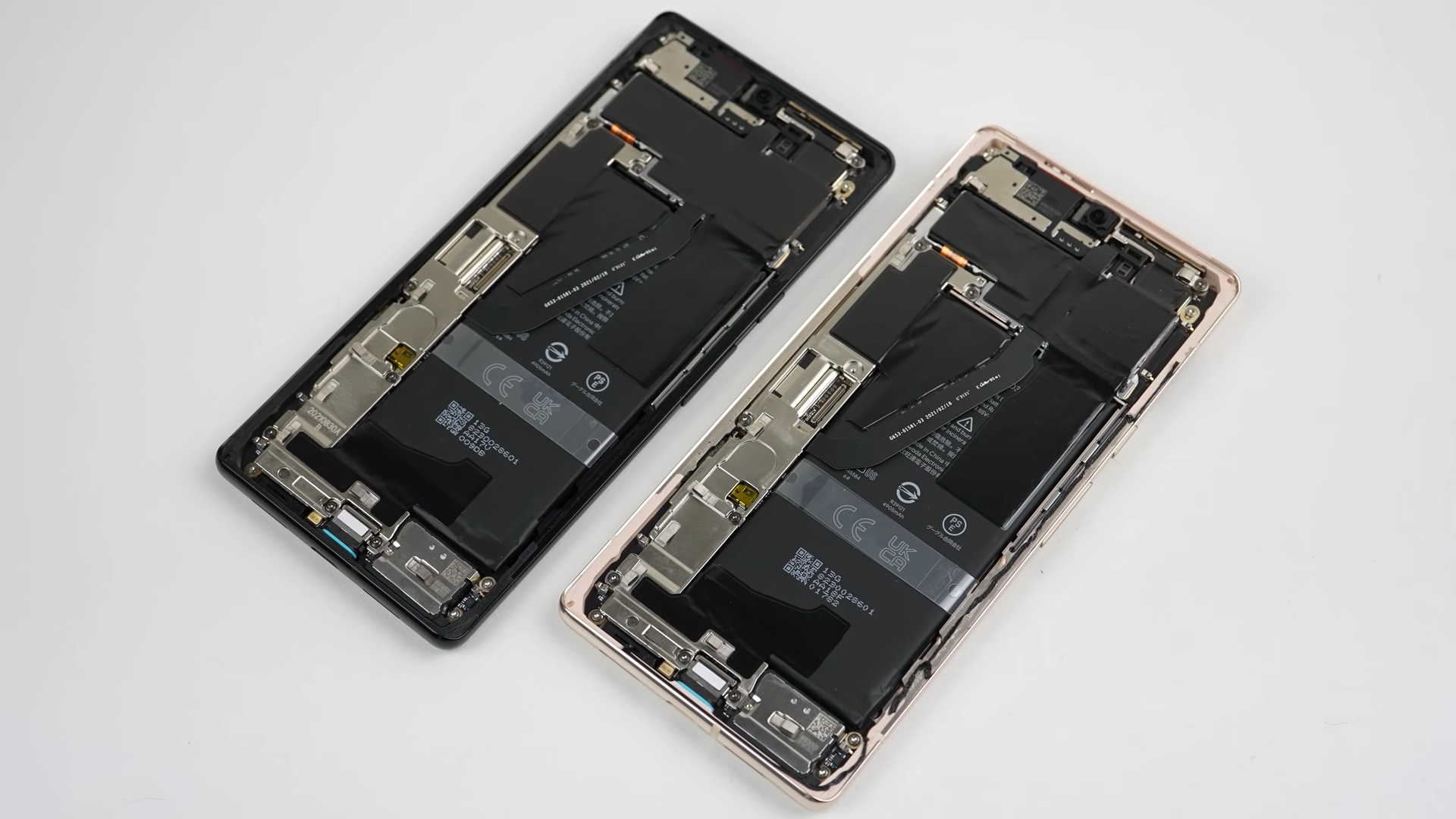
Don't mistake the Pixel 6 Pro for a super-modifiable device for wannabe electronics engineers though. It's still tricky to repair, as basically all modern smartphones are, thanks to a mix of glued-in parts, a motherboard with the parts all soldered together and numerous tiny screws to navigate. Jeffreys also points out some of the other design decisions Google has made, such as making it impossible to remove the display without disconnecting the battery first for safety.
Sign up to get the BEST of Tom's Guide direct to your inbox.
Get instant access to breaking news, the hottest reviews, great deals and helpful tips.
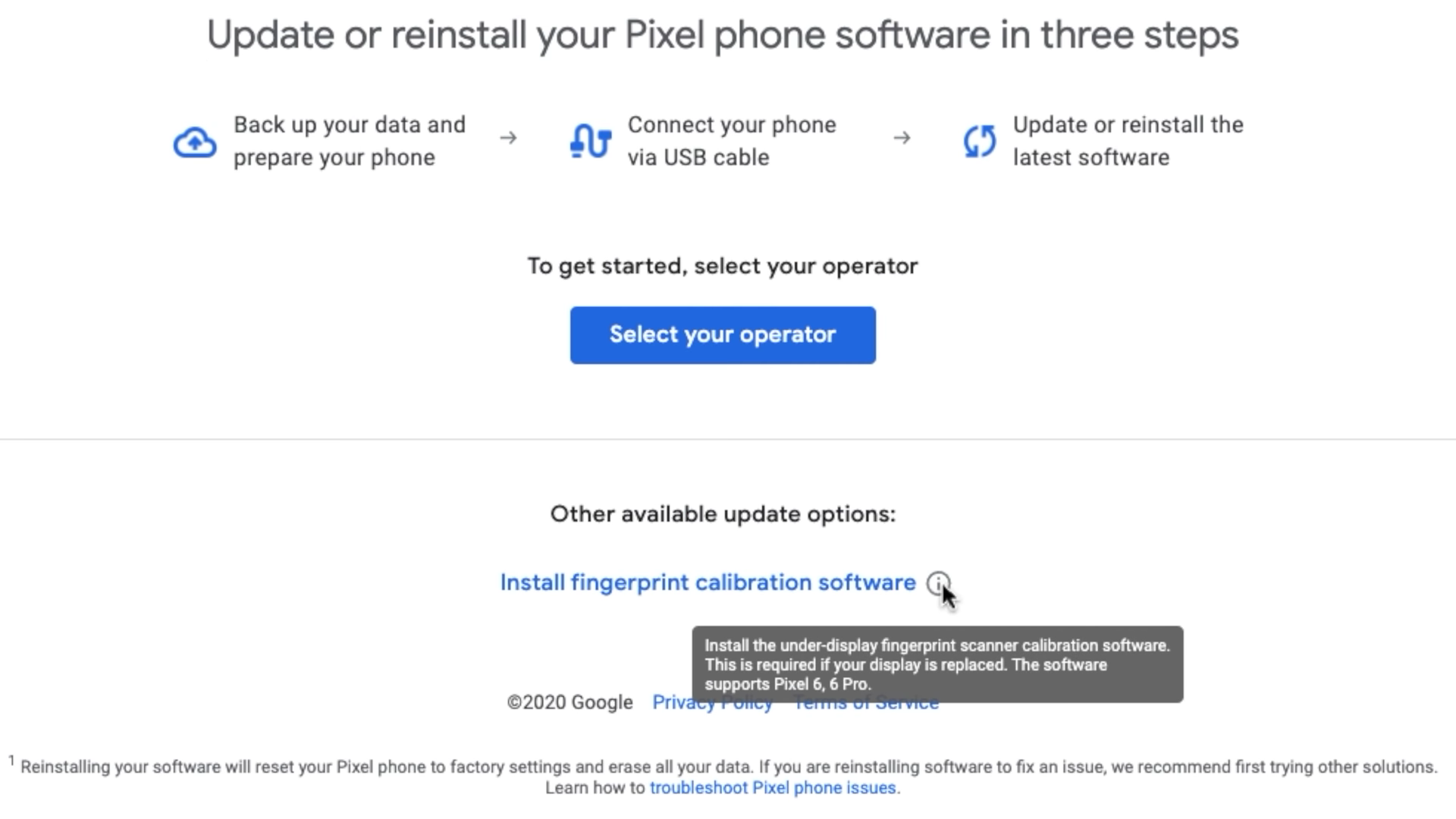
If anything, the biggest disappointment of the Pixel 6 Pro's insides is the design of the Tensor chip that powers the phone. Google's glitzy marketing doesn't represent the actual look of the silicon within the phone, which has a dull, all-black design with no distinguishing marks. This is somewhere that Google should perhaps take a lesson from Apple, a company that plasters its branding even over components you can't see.
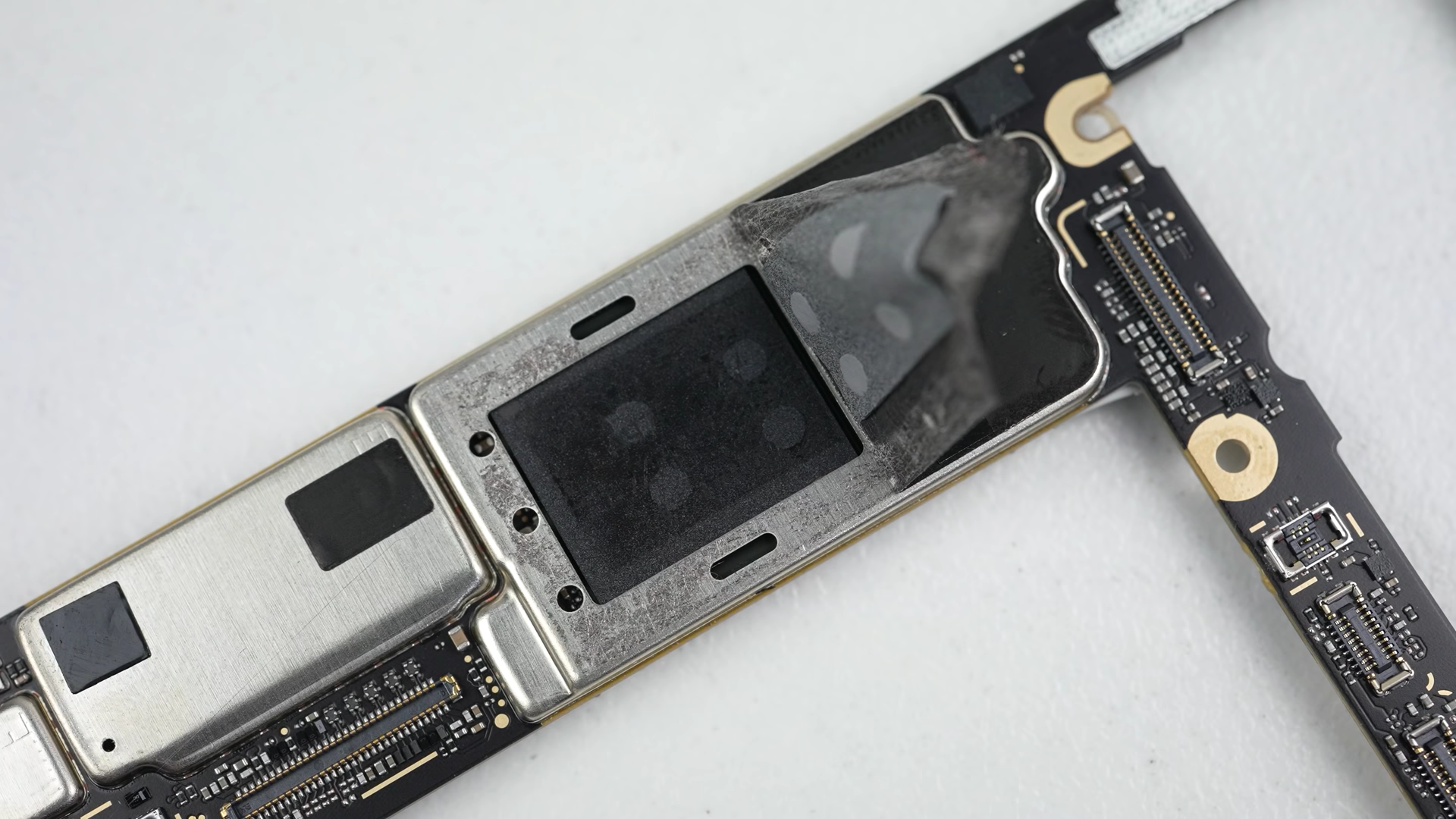
Repairability aside, the Pixel 6 Pro and the base Pixel 6 are both fantastic phones, both making it onto our list of the best Android phones. While there are a few snags such as display problems and a slow fingerprint scanner to contend with, it's proven great for photography and smart software features.

Richard is based in London, covering news, reviews and how-tos for phones, tablets, gaming, and whatever else people need advice on. Following on from his MA in Magazine Journalism at the University of Sheffield, he's also written for WIRED U.K., The Register and Creative Bloq. When not at work, he's likely thinking about how to brew the perfect cup of specialty coffee.

